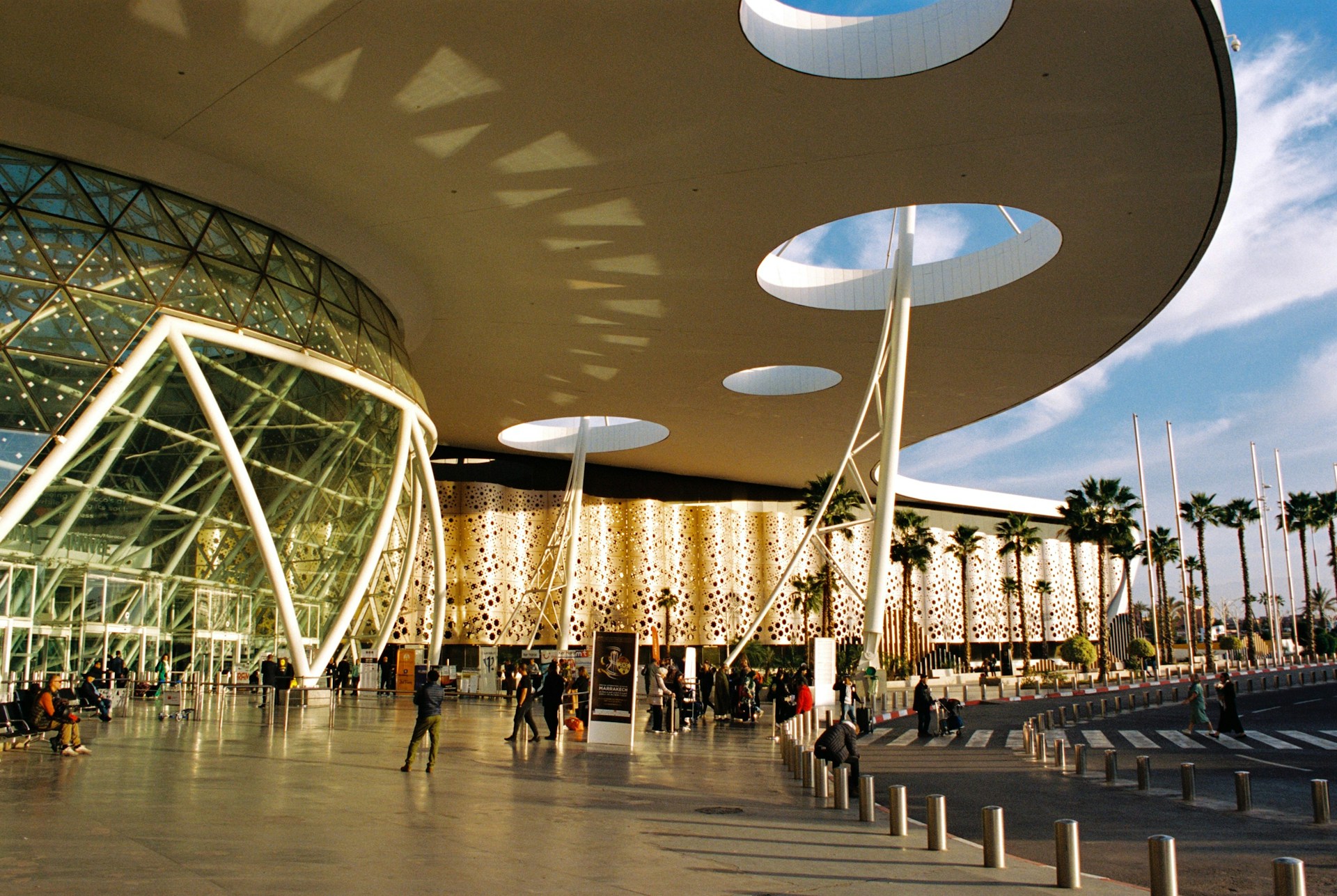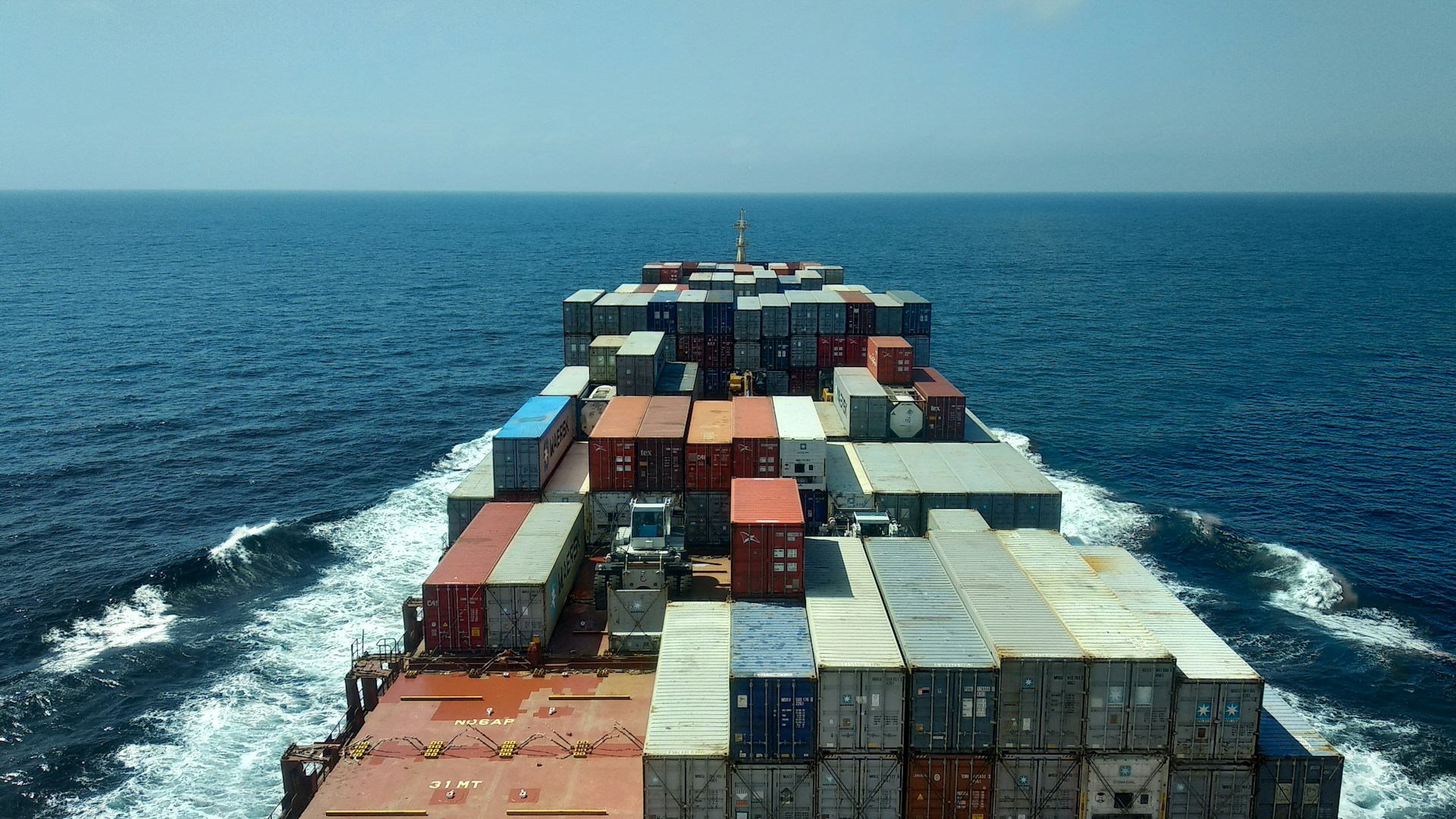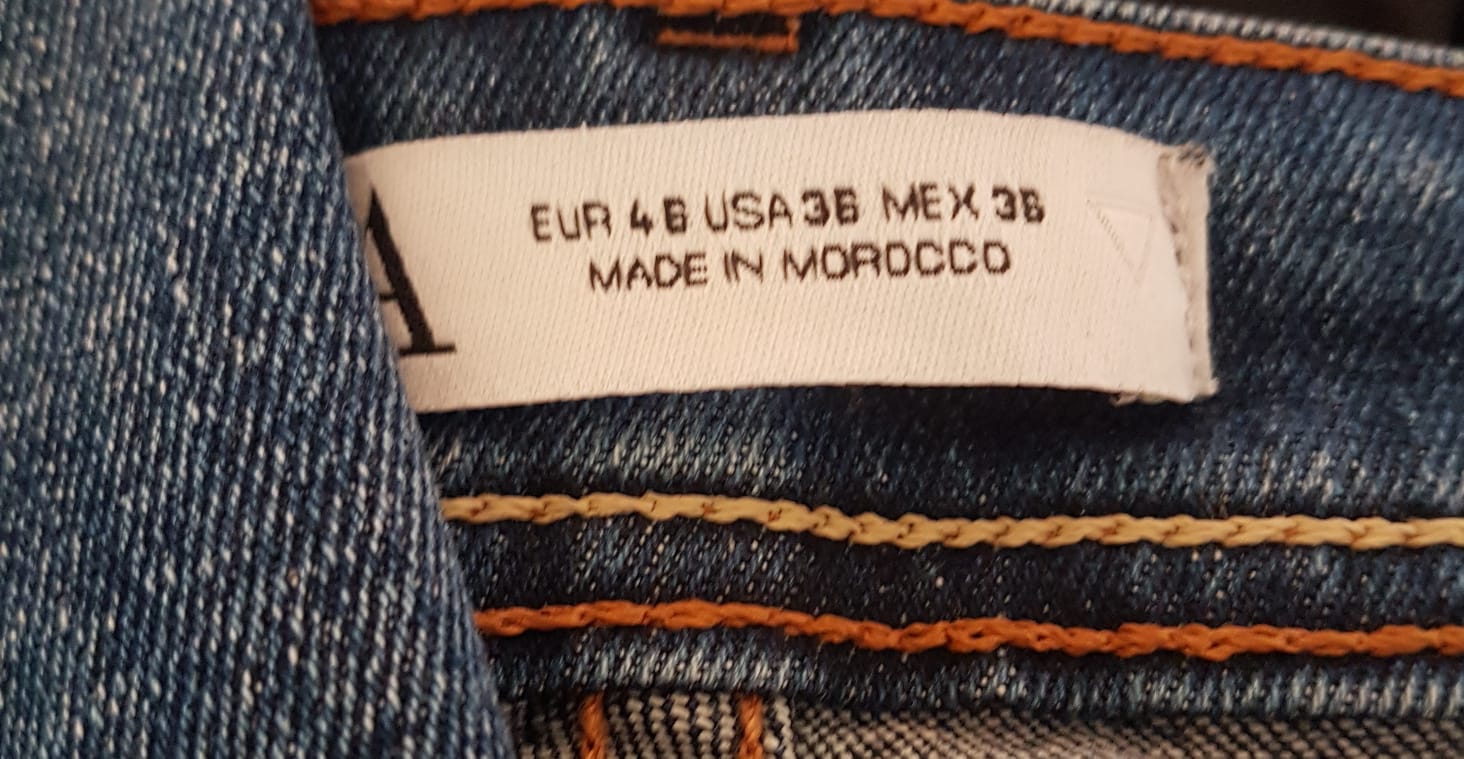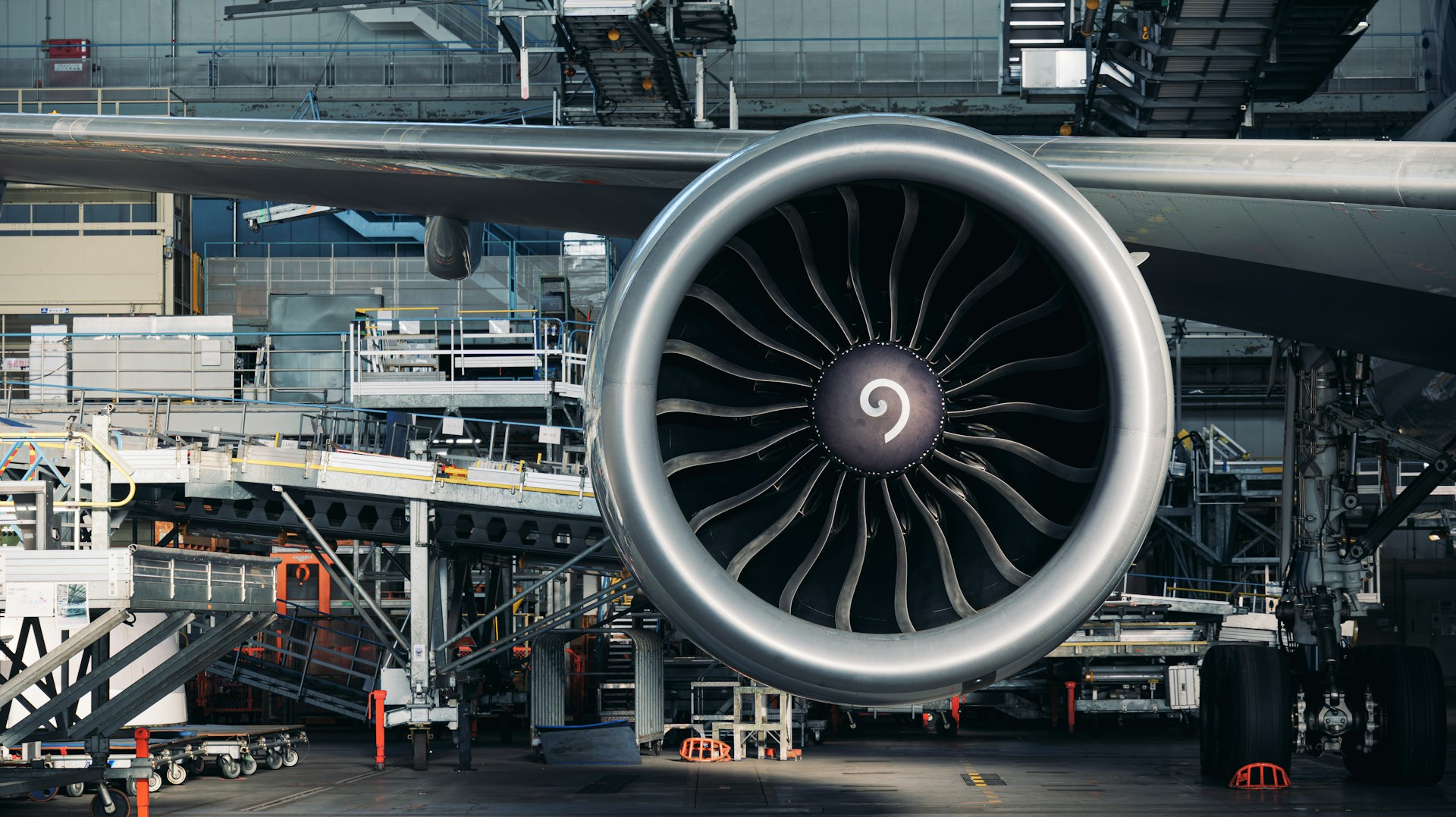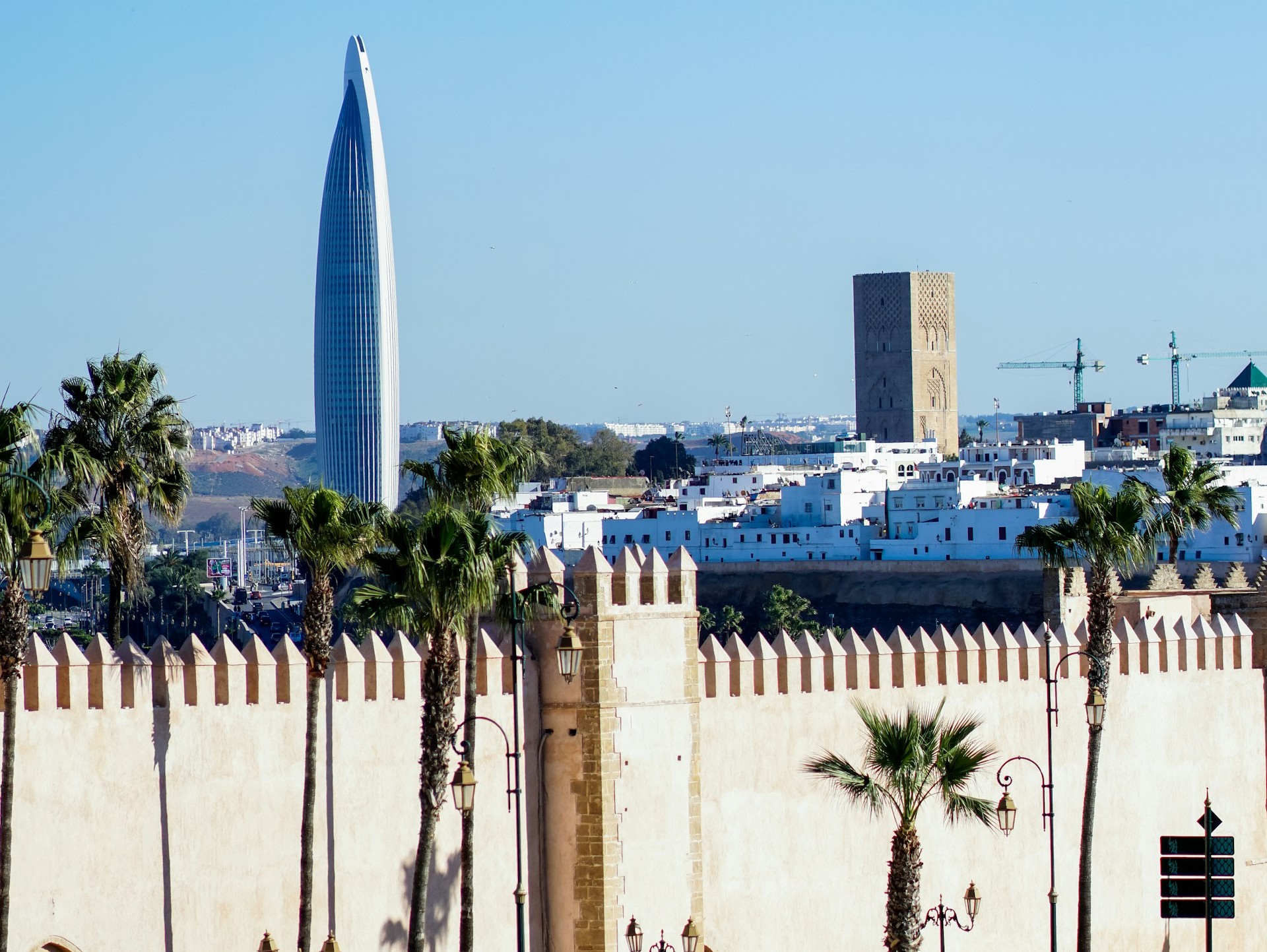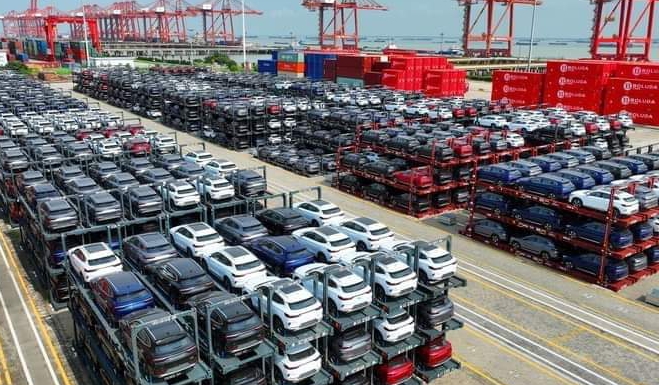Casablanca – Morocco’s foreign trade reached an all-time high in 2024, with total exchanges amounting to $125.5 billion, driven by increased trade with both traditional and emerging partners. However, this growth was accompanied by a widening structural trade deficit, reflecting persistent imbalances in the Kingdom’s external trade relationships, especially with key industrial powers.
According to the latest annual report from the Office des Changes, total foreign trade rose by 6.3% year-over-year, amounting to $125.46 billion. While exports improved by 6.1% to $47 billion, imports increased more sharply by 6.4% to $78.5 billion, pushing the overall trade deficit to $31.4 billion, compared to $29.4 billion in 2023. The coverage rate, which measures the ratio of exports to imports, slipped slightly from 60.1% to 59.9%.
Europe dominates trade flows, but deficit persists
Europe remained Morocco’s leading trading region in 2024, accounting for 62% of total trade, though this share declined slightly as Asia gained ground. Trade with European countries reached $77.8 billion, led by long-standing partners such as Spain, France, Germany, and Italy.
Despite strong exports to the continent, Morocco’s trade deficit with Europe stood at $10.6 billion, remaining nearly unchanged from 2021. However, the deficit with France, the Kingdom’s second-largest partner, continued to shift in Morocco’s favor. The trade surplus with France rose to $1.64 billion, up from $1.23 billion in 2023, marking the eighth consecutive year of positive balance. This performance was supported by strong Moroccan exports in the automotive, aerospace, and agri-food sectors, where value chains with France are highly integrated.
Spain maintained its position as Morocco’s top trading partner overall, accounting for 29.1% of Morocco’s trade with the EU. However, the trade deficit with Spain widened to $1.88 billion, up from $1.58 billion in 2023, driven by continued growth in Moroccan imports of energy and industrial goods.
Rising trade with China and the U.S. worsens imbalances
Morocco’s trade relationship with China continued to expand in 2024, but the imbalance deepened. Bilateral trade rose by 18.4%, yet the Kingdom’s exports to China grew by only a fraction compared to its surging imports. As a result, the trade deficit with China ballooned to $8.9 billion, up from $7.47 billion in 2023 — the highest ever recorded. Chinese goods dominated Moroccan imports in sectors such as electronics, industrial machinery, and chemicals.
Similarly, trade with the United States intensified, growing by 15.8% in 2024. However, this did little to improve the balance, with the deficit reaching $5.88 billion, up $969 million from the previous year. Imports from the U.S. were heavily concentrated in energy products and high-tech equipment, particularly aircraft and related components.
Mixed outcomes across other major partners
Trade with Germany remained relatively stable, though the deficit improved slightly. The shortfall declined by $60.3 million, settling at $1.69 billion in 2024. Exchanges were mostly focused on machinery and automotive components.
In contrast, Morocco’s trade with Italy and Turkey continued to reflect imbalances. The deficit with Turkey reached $2.63 billion, while that with Italy stood at $711 million. Morocco also posted deficits with India ($681 million), Russia ($2.75 billion), and Egypt ($217 million).
Africa and Oceania show opposing trends
Trade with Africa rebounded in 2024, rising by 6.3%, especially due to a sharp increase in exchanges with Egypt. Nonetheless, Morocco’s surplus with Africa shrank to $741 million, down from $1.24 billion the previous year. This was largely the result of a worsening deficit with Egypt and declining surpluses with Côte d’Ivoire and Djibouti.
Meanwhile, trade with Oceania — though modest in volume — continued its upward trend. The trade surplus doubled to $391 million, fueled by a surge in phosphate exports, which rose from $216 million to $484 million year-on-year.
Trade agreements fuel imports more than exports
Trade conducted under free trade agreements (FTAs) grew by 8.5% in 2024, totaling $23.25 billion in imports. However, the benefits of these agreements continue to skew in favor of Morocco’s partners. The EU agreement accounted for 66% of these imports, despite a slight decline in its share. Imports from Germany reached a record $1.84 billion, while French exports to Morocco rebounded by $227 million.
The U.S. FTA also showed strong momentum, with imports from America increasing by $474 million, led by aerospace goods. The FTA with Turkey resumed growth, with an 8.2% increase in imports, mostly in finished consumer goods. The Agadir Agreement posted the largest value growth among regional agreements, particularly in semi-finished and finished products.
Need for export diversification and industrial competitiveness
Despite encouraging growth in export sectors — particularly automotive ($16.2 billion), phosphates and derivatives ($8.98 billion), and aerospace ($1.44 billion) — Morocco’s overall trade structure remains vulnerable. The increasing gap between imports and exports, combined with limited gains from trade agreements, highlights the urgent need to strengthen Morocco’s export capacity and industrial competitiveness.
Government strategies now target $8.25 billion in additional exports by 2027, supported by 400 new exporting companies and 76,000 direct jobs. Whether this will be enough to shift the trade balance remains to be seen.
